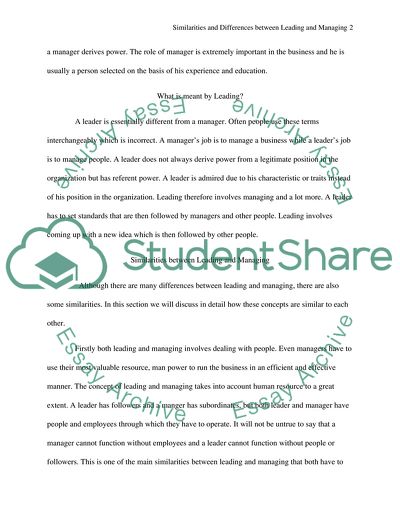Cite this document
(“Similarities and Differences between Leading and Managing Research Paper”, n.d.)
Retrieved from https://studentshare.org/sociology/1599096-similarities-and-differences-between-leading-and-managing
Retrieved from https://studentshare.org/sociology/1599096-similarities-and-differences-between-leading-and-managing
(Similarities and Differences Between Leading and Managing Research Paper)
https://studentshare.org/sociology/1599096-similarities-and-differences-between-leading-and-managing.
https://studentshare.org/sociology/1599096-similarities-and-differences-between-leading-and-managing.
“Similarities and Differences Between Leading and Managing Research Paper”, n.d. https://studentshare.org/sociology/1599096-similarities-and-differences-between-leading-and-managing.


